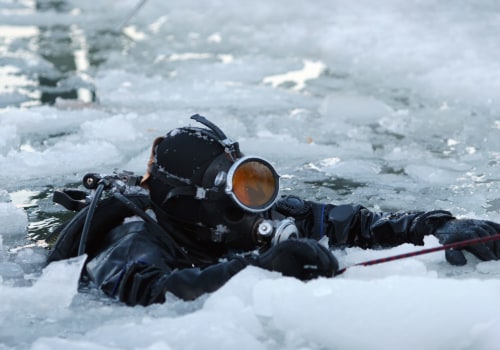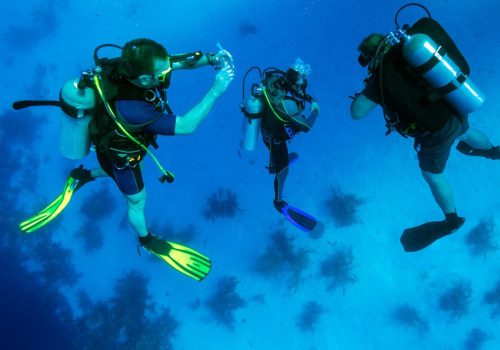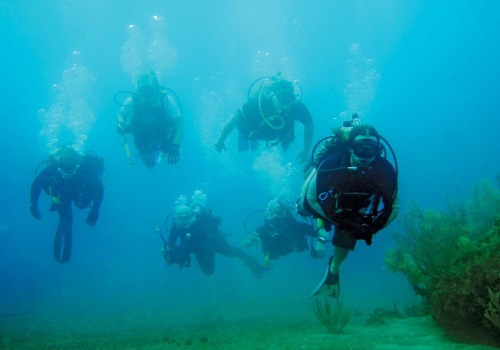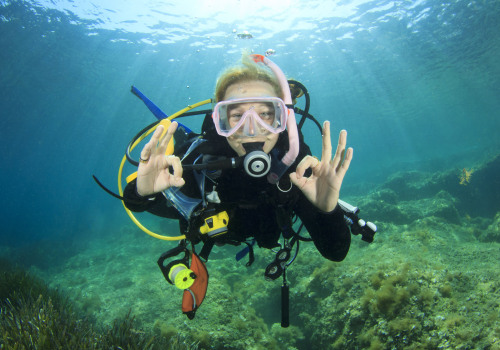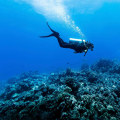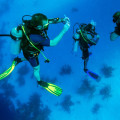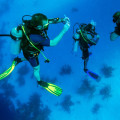Are you ready to explore the underwater world and discover the incredible marine life that awaits you? Scuba diving is an amazing way to observe the beauty of the ocean and its inhabitants. From whale sharks to pygmy seahorses, there are so many fascinating creatures to see when you dive. In this article, we'll take a look at some of the most popular marine life that divers can encounter when they go scuba diving. One of the most sought-after animals for divers is the whale shark. These huge and elusive creatures are a sight to behold, and they can be found in tropical and subtropical waters around the world.
Another interesting creature is the Nembrotha kubaryana, also known as the neon variable slug. This one lives happily in hard coral. Frogfish or monkfish are small, short, and sturdy, and they can often look like pieces of sponge due to their camouflage. The psychedelic frogfish is a particularly interesting species, as it is only found in the waters surrounding Ambon, Indonesia. It is also one of the so-called walking fish, as it uses its pectoral fins on the bottom of the sea to move around.
Unlike other frogfish that use their ilicium and bait to attract their prey, this species hides in cracks and crevices and waits for its favorite prey to enter. Pygmy seahorses are among the smallest seahorse species in the world, and they can be found in the Coral Triangle area of Southeast Asia. Manta rays are related to sharks, and there are two main species: Manta birostris, which has a wingspan of up to 23 feet, and Manta alfredi, which reaches 18 feet. The red-spotted little girl (Blenniella chrysospilos) is a species of comb-shaped bird that lives on coral reefs in the Pacific and Indian Oceans. The Caribbean reef shark (Carcharhinus perezii) is a requiem shark that lives in the tropical waters of the western Atlantic Ocean, from Florida to Brazil. The ringed sea krait or yellow-lipped sea krait (Laticauda colubrina) uses its paddle-shaped tail to swim in its native Indo-Pacific waters. In these environments you can find all kinds of marine life, especially cuttlefish, octopuses, eels, frogfish, sleeping reef sharks and large groupers.
To explore these environments properly, you'll need a diving flashlight. We also dive with the largest species of jellyfish: the magnificent lion's mane jellyfish. Its diaphanous body is wrapped in striking orange tentacles that are very reminiscent of a lion's mane when it pulses slowly. Now is the time to grab a pen and paper, take out a map of the world and start making your scuba diving to-do list in order to complete your logbook with the most incredible experiences that the underwater world has to offer. In places like the Maldives, which have a population of this spotted giant all year round, diving with them is allowed.
When your instructor gives you a new C card, it may be the end of your diving course but it's just the beginning for much more.
